
Evaluation of the Hannemouth Bequest
(A.k.a. Hannemouth Self-Configurable Combinatorial Array)
by Marc Laidlaw

CAVEAT RE ANECDOTAL EVIDENCE:
These notes were compiled from an informal oral history, namely the oft-recounted tales of Charles Messraunt, a colorful former employee of IBM who was eventually released from employment after increasingly common episodes of erratic behavior, poor mental health, and allegations of substance abuse. Much of the evidence referenced herein is purely anecdotal and at this point unverifiable. Incomplete copies of insurance and expense reports relating to the loss of a company car were found in Messraunt’s personnel files, dated mid-1970’s, however it is impossible ascertain whether the car might have been lost in some ordinary way (either stolen or abandoned under awkward circumstances), or whether it came to harm as alleged in the documents. Messraunt’s official notes of the Hannemouth Self-Configurable Combinatorial Array are no longer to be found in any known record depository, if they were ever filed in the first place; and Messraunt himself faded from the historical record after several sightings as a street-person in the Northern California town of Garberville.
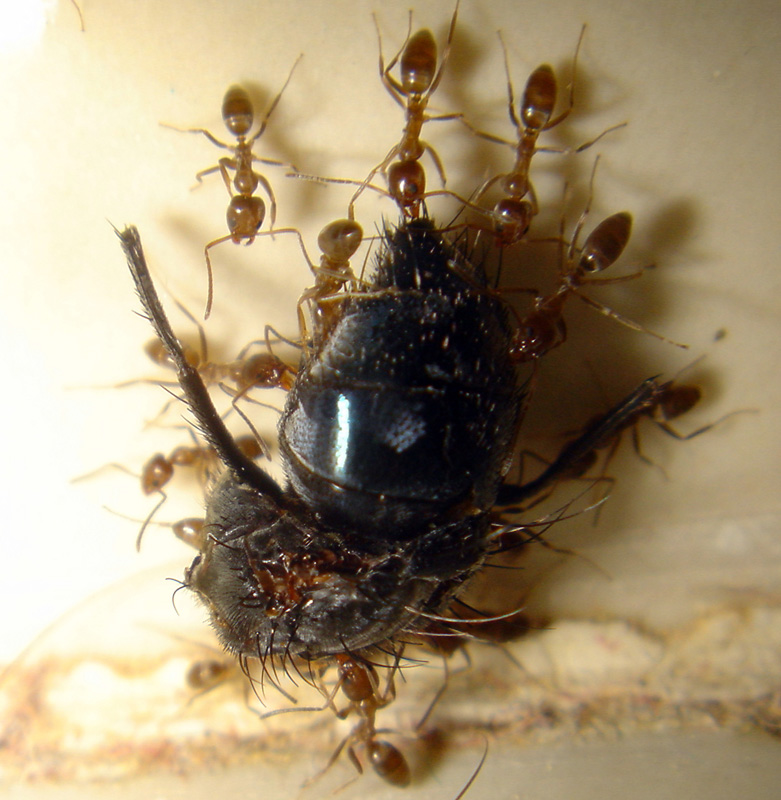
THE RECORD:
In approximately 1975, the Dean of a small private Northern California university made an informal request of Messraunt, who was temporarily stationed at the campus as an on-site IBM liaison, training the staff in the use and maintenance of a new academic record-keeping system after having overseen its construction. The Dean requested Messraunt’s expertise in inspecting and evaluating a bequest that had been made to the university by a private donor, once a professor at the university, recently deceased. The bequeathed property, identified as the Hannemouth Self-Configurable Combinatorial Array, was described as an experimental computing device, undertaken at great expense by the late Professor Hannemouth, and developed entirely with private funds earned from royalties on various of Hannemouth’s successful patents.
The Dean’s request was apparently greeted warmly, although it must have been kept an informal matter, judging from the lack of contemporary records to support Messraunt’s claim that he proceeded with IBM’s express authorization. When Messraunt asked to see the device, he learned that it was too large to transport, but was located within several hours’ drive from the university. The enormous size of device was by no means unexpected, considering that the university’s state of the art records system, considered to be the very height of compact efficiency at the time, had required construction of a three-story building adjacent to the Academic Affairs building. Hannemouth’s array, being somewhat older, and probably dedicated to more complex computing operations, would no doubt occupy a sizeable footprint.
Several hours’ drive brought Messraunt to the gates of Hannemouth’s secluded estate in an old-growth redwood forest. A bulky keycard device gave him entry, and he soon found himself driving through what appeared to be an extensive if dilapidated campus, larger than the university that had received the bequest. Hannemouth’s wealth and eccentricity were obvious at every turn, as was his apparently prolonged absence. For while the Dean had painted the old inventor as a solitary man, the grounds of his estate were lined with avenues of dormitory-like buildings, as if this had once been a thriving campus itself. Half an hour of driving about the complex left Messraunt feeling as if only a fraction of the place had been explored; but he was mindful of his duty, which was to give a cursory inspection of the device, and return with recommendations whereby the Dean might determine whether to accept the bequest or beg other arrangements be made.
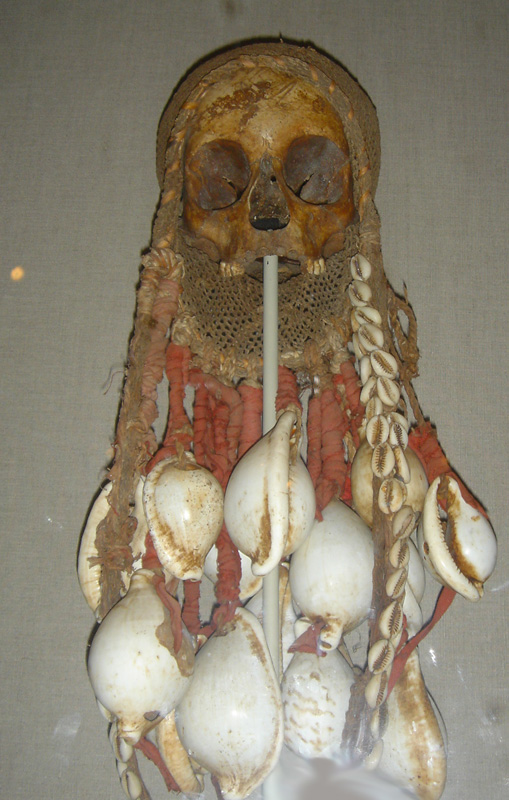
With the aid of a poorly labeled map, Messraunt parked his car in what appeared to be a small staff parking lot near one of the more formidable buildings at the center of the complex. Stepping out of the car for the first time, he discovered the abandoned complex had the nature of an unkempt park, with squirrels everywhere, and the rooflines festering with crows. Messraunt had been provided with keys to the main building, and he soon found himself in a shabby lobby, where the destructive activities of rats were much in evidence. Unpromisingly, there was no electricity, and the elevators proved inoperable, which did not bode well for his ability to judge the Hannemouth Self-Configurable Combinatorial Array except in its most superficial aspect. (Imagine evaluating the performance of a modern personal computer with nothing to go by but the blank metal case.) His instructions led him to believe the seventh, topmost floor was his destination, and he made his way through dark stairwells, seven floors of clanging metal steps clogged with rat droppings and crow feathers. Messraunt wondered how long ago Professor Hannemouth had abandoned the device. Everywhere was the rustling of vermin.
The seventh floor, fortunately, was well-lit thanks to panoramic windows that gave a view of the entire campus complex. Several of the windows had been shattered by the elements, and a number of crows fled squawking from the room when he first entered. The carpets were stained from storm leakage, and Messraunt worried for the integrity of any sensitive device that might have been stored under such conditions. But the view momentarily occupied him, as he looked out on a timeless view of the campus held in its bowl of wooded hills. From here he was able to see along entire avenues, between grey, almost featureless dormitories evocative of grim Soviet-style apartment blocks. In the distance, across a glittering river he had managed to miss in his cursory tour of the estate, he saw the cold smokestacks of a small physical plant which must have generated power and warmth for the campus and its erstwhile inhabitants. Messraunt faintly perceived some sort of pattern underlying the layout of streets and buildings, but after his initial wonder at the sprawling vista faded, he found himself more concerned by the absence of anything he could identify as the Hannemouth Self-Configurable Combinatorial Array.
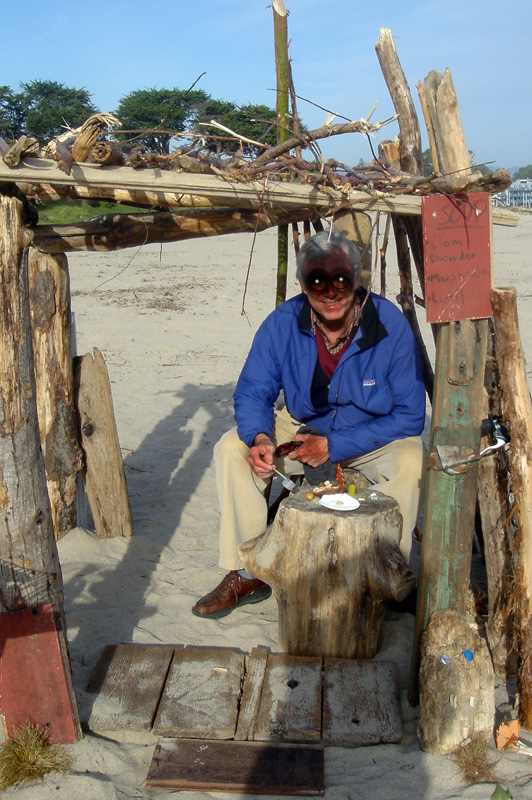
There was nothing in the room except a console of moderate size, being not much larger than a Steelcase office desk typical of the era, with several integral keyboards and monitors. Messraunt’s mood turned to one of irritation, for if this were the device, he felt it could easily have been relocated to the university by a professional moving crew, thus saving him the bother of the trip, which at this point was threatening to turn into an overnight venture, for he had misjudged the shortness of daylight in this part of the state, and now found it further exacerbated by the steep crowding peaks all around. He did not much wish to be caught here in darkness, and he promised himself he would be down those seven flights of stairs and out of the complex well before nightfall.
Despite the unpromising state of the console, which was only slightly less bulky than the card-punch machines in the academic records office, Messraunt seated himself in the spring-shot office chair and found the small operator’s key which the Dean had given him. With little hope of access, he nonetheless inserted the key in a circular slot in the console control panel, turned it, and waited in resignation for nothing to happen. In fact, no sound came from the console, and nothing in the room gave any sign of responding to having been unlocked.
It was not until several minutes later -- when he rose from the still-cold console and walked to the window to see if he could spot his car in the small lot below -- that he noticed puffs of smoke drifting from the distant stacks of the physical plant. They were so infrequent that he wondered if they might have been there before, and he had simply missed them; but several minutes’ observation convinced him they were thickening, growing more constant. Within ten minutes, white plumes issued steadily from the several stacks and showed no signs of tapering off.
Somewhat more agitated now, Messraunt inspected the console and discovered that a single cursor had begun to throb on one of the monitors. He tapped a key on the keyboard but to no effect. Somewhere far away he thought he heard a dim whining sound, and then the lights came on.
Through the panoramic windows he saw the whole complex come to life. The huge dull dormitories, with their slits almost too narrow to be windows, held a cold glow deep within. An unpleasant light to study by, he thought. The avenues and walkways between the dorms were cleverly lit by narrow light-strips embedded in the paths and walkways, as if to provide safe paths for students or workers hurrying home at night. But hurrying from where? And who exactly would inhabit this complex or campus? The narrow road that brought him here through the mountains was hardly up to the task of supporting a steady flow of student traffic; and in the entire complex, he had seen nothing but the one small lot where he had parked his own car. At any rate, this rush of light had the unwelcome side-effect of deepening the gloom around the valley, and he thought it was going to be harder than ever to judge exactly when it might be best to leave. This fearful premonition could not have been more wrong.
In the glare and gloom, Messraunt thought another transformation had come over the campus — one whose reality he found impossible to judge. To him it looked as if the streets themselves had begun to retract. The paths between the dormitories looked like deepening grooves. At first he attributed this to the raking light, which made small depressions into great black canyons, but then he received unexpected confirmation of his dread. A flurry of disturbed specks, the agitated black bodies of rats and squirrels, began to flood from the buildings and across the leaf-strewn avenues, rushing about in blind panic, the more survival-oriented or level-headed among them heading for the sheltering woods. The crows remained strangely silent, hunched and clinging to the rooftops without lifting a feather.
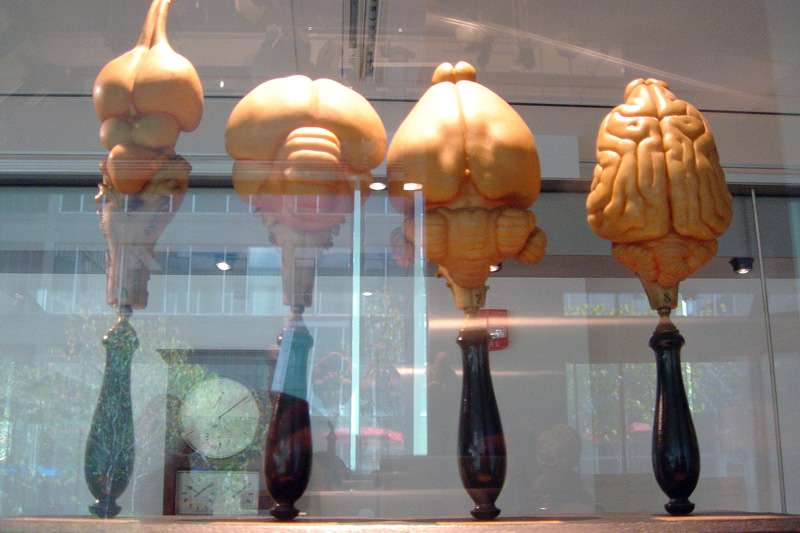
The console gave a bleep, calling Messraunt back from the window. There was now a command awaiting his attention:
USER NAME:
Messraunt sat. With trembling fingers, he entered:
HANNEMOUTH
The machine accepted this, then offered up its challenge:
PASSWORD:
Slowly, Messraunt copied a long string of characters from a sheet the Dean had provided.
The car, he said later, was probably destroyed the instant he pressed the ENTER key, although he was not to verify this until his headlong flight down the seven sets of stairs had ended with him rushing out of the main building, treading on the tails of terrified swarming rats. His account of that mad descent is fragmentary at best, and made little sense even to those who had the patience to force him to repeat it. He spoke of the stairs themselves shifting, spinning, folding in and interlocking on themselves in mad configurations. The central stairwells, he suggested, changed positions several times as he plunged between floors; and he felt himself fortunate not to have been crushed in their cogs. He realized halfway down that the seventh floor might have remained stationary, a seat of safety for its pilot or programmer, but by that time there was no thought of return, no matter what might lie below.
What he saw from ground level was if anything even more harrowing than what he had seen from above, in the first instant after pressing ENTER, when the tower blocks had begun to slide along the grooved streets and swing ominously toward his position. From ground level, those huge blocks he had mistaken for dormitories had begun to accelerate, crashing together, locking and unlocking, forming features he had neither the leisure nor the desire to study at such close range. Such immensities should not move at such speeds! The sound was like mountains crashing and calving. And the tall shapes, closing in, pulled the darkness even closer. All at once he recognized the wisdom of the embedded light paths, for between the colliding titans it was impossible to tell which trails were safe to tread. They lit and darkened with a pattern that seemed illogical to a terrified mind, although he sensed that only reason would see him through to safety — that all this was, in fact, by design, and could he but fathom the pattern he might drive out of here unharmed.

The sky was still luminous, traced with violet, as he turned to find his car and discovered instead a solid wall where it had been, with some occluded champing action taking place in the shadows there. Moments later, as the gnashing behemoth retracted, he saw a wafer-thin glimmer of something where rubber and metal mingled, hugely compressed. The humble imprint of a General Motors hood ornament was all that remained to identify his car.
At that point, a newly devout pedestrian, he ran.
The luminous trails were reliable only as long as they lasted, and Messraunt claimed that somehow he knew he was in a battle of wits with the Hannemouth Bequest. If there was any sense to them, it was something deeper than logic—something closer to an animal wit, more like the flashing luminosities by which cuttlefish communicate emotion. It was as if he were watching neurons firing in a vast brain, witnessing synaptic processes at macroscopic distances. He was running along ganglia, with dark and incomprehensible thoughts clashing above him, threatening at any moment to “forget” him altogether. He felt this battle of primal wits was all too evenly matched: One small brain (his) against the entire complex and its strange synthesis. More worrisome than a battle of wits, however, was the thought that this brain might be diseased or even (he knew nothing of its maker) fundamentally mad. How long had the Hannemouth Bequest lain abandoned? What if its ruination had rendered it unreliable? Consider the rats. Consider the squirrels and crows! Twigs, hair, feathers, fragments of eggshell, animal droppings, detritus unnameable — such organic matter had clogged the works to such an extent the machine was far from efficient. And yet it could hardly be argued that it was doing…something. Crunching onward, pursuing its processes with a harsh new grating sound that reminded him of nothing so much as a grinding clutch, a gear that had somewhere slipped. He heard a spine-cringing sound that reminded him of metal being filed from a damaged brake-drum. Something, somewhere, was stuck; and pushing up against something larger. Two juggernauts struggling against one another until one must give. His teeth almost shattered from the sound.
Messraunt felt the ground shake in a new way. He sensed a new color of light, and saw his shadow cast before him on the gate that had come up suddenly, with the shaggy woods beyond. Turning at the threshhold, he was in time to see a ghastly pall of light flare up from the direction of the physical plant. That was bad enough, but silhouetted before that light was something worse—an inchoate architecture which the massive structures had been shaping, like a half-formed thought, an incomplete gesture, loaded with intention but falling (barely) short of actual expression. He hid his eyes from that, and from the molten light that began to pour out of it, and ran through the gate, into the mercy of the woods.
Somewhere down the road, gasping to a halt, he realized that he had been expecting the final punctuation of an explosion, yet none had come. It never crossed his mind to turn back. He was entirely done with the Hannemouth Bequest, and his recommendation to the Dean of the university would be brief.
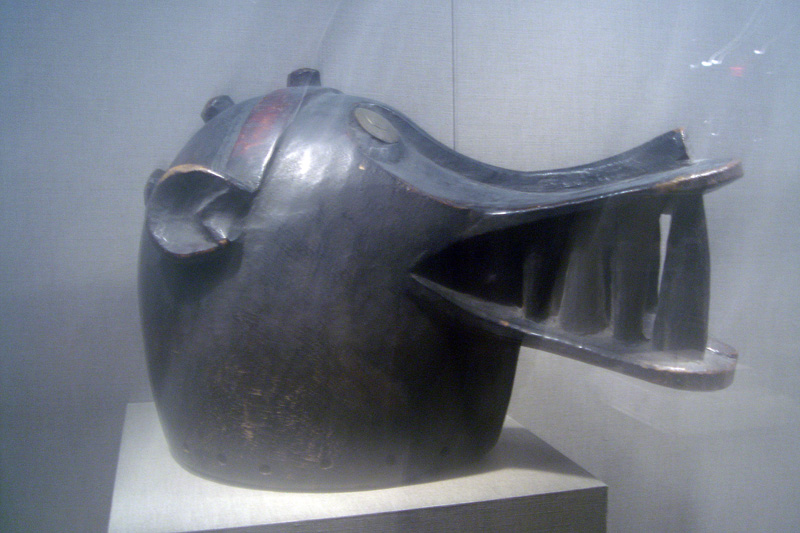
Yet the Hannemouth Bequest was not yet done with Messraunt, nor apparently with us. For as he stumbled through the woods and reached a clearing where the last light of day still held some influence on the sky, he heard wings flushing out of the night, and looking up saw a flock of silent, purposeful crows winging between the trees, heading in his very direction and beyond. It was not their silence that always ended Messraunt’s account of his investigation. It was their formation. For bedraggled as they were, singed and smoking from whatever conflagration they had fled, they flew with sinister purpose, each holding a specific point as if positioned there by some inconceivable dot-matrix printer. Some crows were apparently missing; as a means of communication, it left much to be desired. There were gaps in the message. “Missing packets,” Messraunt called the absent crows. Then he spelled out their message precisely, for emphasis.
Here is a sample scrap of paper attributed directly to his hand.
HELL_ WOR_D
---End---
About the Author

Marc Laidlaw was born in 1960 and raised in Laguna Beach, California. His first novel, Dad's Nuke, was published in 1985, follwed by such SF and horror novels as Kalifornia and The 39th Mandala. He became obsessed with the computer game Myst and, goaded on by Rudy Rucker, bought a new computer so that he could play more games and begin designing levels for them. After interviewing the designers of Doom for an article in Wired, Laidlaw found his way into the game biz. He is now renowned as one of the story and level designers for Valve Software's smash hit games Half-Life and Half-Life 2.